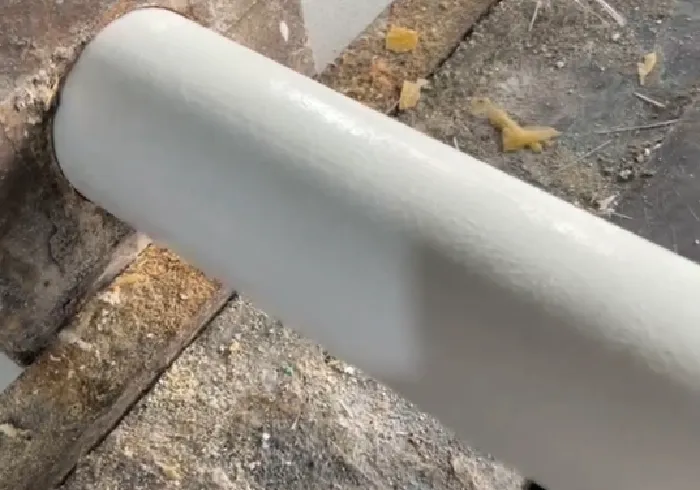loading...
- No. 9, Xingyuan South Street, Dongwaihuan Road, Zaoqiang County, Hengshui, Hebei, China
- admin@zjcomposites.com
- +86 15097380338
- Welcome to visit our website!
glass fiber reinforced polymer gfrp rebar
Glass Fiber Reinforced Polymer (GFRP) Rebar A Revolution in Reinforcement Technology
In the realm of construction and civil engineering, the choice of materials is crucial for the durability, strength, and longevity of structures. Among the innovative solutions that have emerged in recent years, Glass Fiber Reinforced Polymer (GFRP) rebar has garnered significant attention and application. This advanced composite material offers numerous advantages over traditional steel reinforcement, making it a game-changer in the construction industry.
GFRP rebar is composed of a polymer matrix reinforced with glass fibers. This unique combination provides exceptional mechanical properties, including high tensile strength and excellent corrosion resistance. Unlike traditional steel rebar, which can corrode when exposed to moisture, chlorides, or other aggressive chemicals, GFRP rebar remains unaffected by these environmental factors. This characteristic is particularly advantageous in concrete structures exposed to harsh conditions, such as bridges, marine applications, and structures in coastal areas.
Glass Fiber Reinforced Polymer (GFRP) Rebar A Revolution in Reinforcement Technology
The manufacturing process of GFRP rebar is another aspect that contributes to its appeal. The production of GFRP is less energy-intensive compared to traditional steel, which requires substantial electricity and raw materials to produce. Using composite materials aligns with modern sustainability goals and reduces the environmental footprint of construction projects. Furthermore, GFRP rebar can be produced in various configurations, allowing for customization to meet specific project requirements.
glass fiber reinforced polymer gfrp rebar

In terms of performance, GFRP rebar exhibits excellent fatigue resistance, making it suitable for structures subject to repetitive loading cycles, such as highways and bridges. Studies have shown that GFRP can maintain its integrity under stress, thus prolonging the life of the structure. Additionally, the non-magnetic properties of GFRP make it ideal for applications in sensitive environments, such as in the construction of hospitals or in areas where electromagnetic interference must be minimized.
Despite its many advantages, GFRP rebar is not without challenges. The initial cost of GFRP materials is generally higher than that of steel rebar, which can deter some contractors and engineers, especially on budget-sensitive projects. However, the long-term benefits, including reduced maintenance costs and increased lifespan of structures, often outweigh these initial expenses. As awareness of these advantages grows, it is expected that the market for GFRP rebar will expand.
The future of GFRP rebar looks promising, with ongoing research and development aimed at enhancing its properties and applications. As technology advances, hybrid solutions that combine GFRP with other materials may emerge, further broadening the scope of its use in construction. The increasing emphasis on sustainability in construction practices is also likely to boost the adoption of GFRP, as builders and engineers seek out environmentally friendly alternatives.
In conclusion, Glass Fiber Reinforced Polymer rebar represents a significant advancement in reinforcement technology, combining strength, durability, and sustainability. As more industries recognize the benefits of GFRP, it is poised to transform the way we think about reinforcement in construction. By adopting this innovative material, the construction industry can ensure safer, longer-lasting structures that meet the demands of modern engineering challenges.
-
The Rise of FRP Profiles: Strong, Lightweight, and Built to LastNewsJul.14,2025
-
SMC Panel Tanks: A Modern Water Storage Solution for All EnvironmentsNewsJul.14,2025
-
GRP Grating: A Modern Solution for Safe and Durable Access SystemsNewsJul.14,2025
-
Galvanized Steel Water Tanks: Durable, Reliable, and Ready for UseNewsJul.14,2025
-
FRP Mini Mesh Grating: The Safer, Smarter Flooring SolutionNewsJul.14,2025
-
Exploring FRP Vessels: Durable Solutions for Modern Fluid HandlingNewsJul.14,2025
-
GRP Structures: The Future of Lightweight, High-Performance EngineeringNewsJun.20,2025
